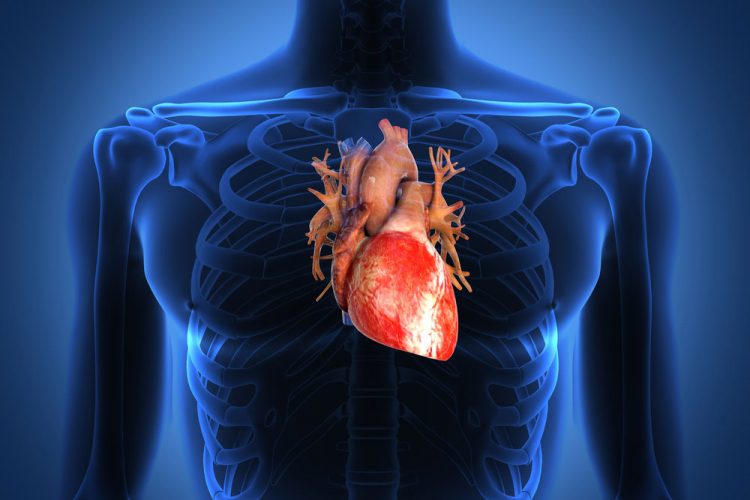PET myocardial perfusion imaging effective in detecting coronary disease
Posted: 12 March 2018 | Dr Zara Kassam (Drug Target Review) | No comments yet
Researchers have found that patients who receive cardiac PET imaging instead of SPECT experienced a significant increase in the detection of severe obstructive coronary artery disease…


Patients who receive cardiac positron emission testing (PET) imaging instead of single photon emission computed tomography (SPECT) scan experienced a significant increase in the detection of severe obstructive coronary artery disease, according to researchers at the Intermountain Medical Center Heart Institute in Salt Lake City.
Both, PET and SPECT scans are nuclear imaging techniques that provide metabolic and functional information of the heart. PET scans provide better image resolution and quality but have not yet gotten widespread adaptation compared to SPECT. The study is one of the largest of its kind involving PET patients.
For the study, researchers examined Intermountain Healthcare’s Enterprise Data Warehouse, which is one of the nation’s largest depositories of clinical data, and identified 3,394 patients who underwent a pharmacologic SPECT from 2011-2012 and 7,478 patients who underwent PET in 2014-2015 at Intermountain Medical Center. The average age of the patients was 65 years, and 47 percent of patients were female.
“The benefit of the study is that it helps us better identify a patient’s risk for adverse events affecting the heart and their need for further care,” said Dr David Min, a cardiologist specialising in cardiac imaging at the Intermountain Medical Center Heart Institute, and lead author of the study.
Researchers looked at pharmacologic SPECT so the comparison with PET scans was more accurate. Both scans involve injecting a small dose of the radioactive chemical, called a radiotracer, into the vein of the arm. The tracer travels through the body and is absorbed by the organs doctors examine.
Key findings of the study:
Using PET scans instead of SPECT scans resulted in increased rates of diagnosis of severe obstructive coronary artery disease from 70 percent to 79 percent. PET scans were associated with a lower incidence of invasive catheterisation without identification of severe coronary artery disease (43% vs 55%).
Overall, PET successfully identified patients with severe obstructive CAD and need for revascularisation; compared to SPECT, PET scans increased true positives and reduced false positives for severe coronary artery disease.
More than 13,000 cardiologists and cardiovascular clinicians from throughout the world are attending the four-day international meeting.
“Since Intermountain Medical Center made the switch from SPECT to PET in 2013, we thought it would be valuable to look at the differences in clinical outcomes since then,” said Dr Kirk Knowlton, director of cardiovascular research at the Intermountain Medical Center Heart Institute. “In order to understand the differences between the two-year period of SPECT utilisation immediately before the PET program began and the two years after PET was fully implemented, we conducted a retrospective analysis of catheterisation outcomes 60 days after heart patients received various treatments.”
“This study involves one of the largest numbers of PET patients studied to date,” Dr Min added. “What we now know is that PET more successfully identifies the patients who have high-grade coronary artery disease and may benefit from revascularisation. Similarly, PET better-identified patients who did not need an invasive procedure. This has broad implications as physicians consider what test best serves their individual patients and institutions consider the advantages and disadvantages of SPECT and PET as well as downstream resource utilisation.'”
Related topics
Imaging, Positron emission tomography (PET)
Related conditions
Coronary artery disease
Related organisations
Intermountain Medical Center Heart Institute
Related people
Dr David Min, Dr Kirk Knowlton







